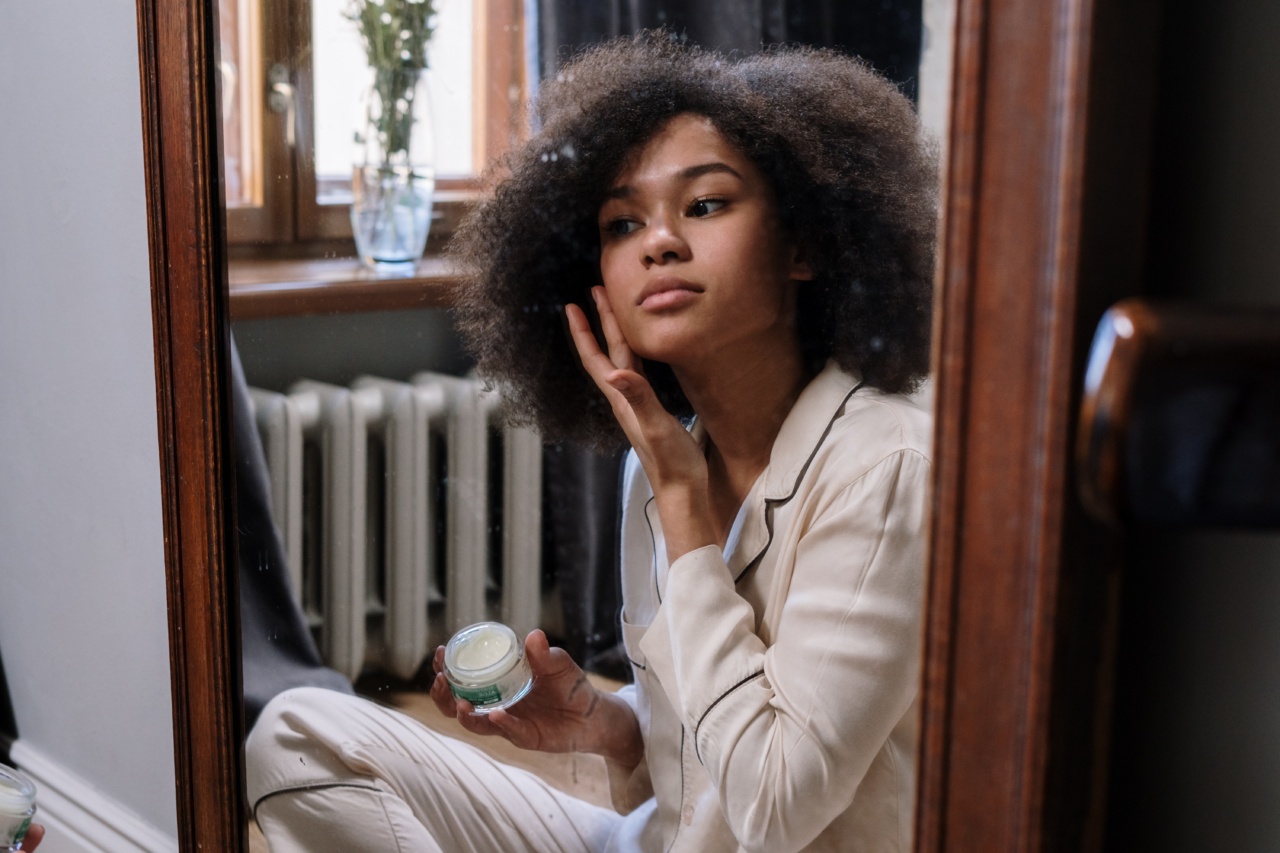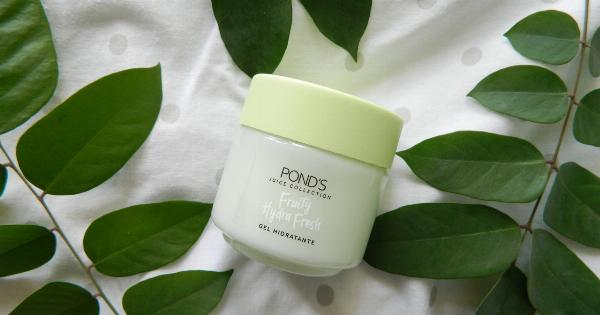Our skin is the largest organ of our body, acting as a protective barrier against harmful external elements.
However, many of the skincare and cosmetic products we use on a daily basis may contain harmful chemicals that can have adverse effects on our skin and overall health. In this article, we will discuss the importance of protecting our skin from these chemicals and provide tips on how to choose safer alternatives for our skincare routines.
The Risks of Harmful Chemicals in Cosmetics
Cosmetic products, such as moisturizers, cleansers, makeup, and perfumes, often contain chemicals that may have detrimental effects on our skin and health. Some common harmful ingredients found in cosmetics include:.
1. Parabens
Parabens are widely used as preservatives in cosmetics to prevent the growth of bacteria, mold, and yeast. However, studies have linked parabens to hormone disruption, reproductive toxicity, and even an increased risk of breast cancer.
It is best to avoid products that list methylparaben, ethylparaben, butylparaben, or propylparaben as ingredients.
2. Phthalates
Phthalates are a group of chemicals used to soften and increase the flexibility of plastics. They are often found in products such as nail polishes, perfumes, and hair sprays.
Phthalates have been associated with hormonal disruption, developmental and reproductive toxicity, and can even contribute to the development of asthma and allergies.
3. Formaldehyde
Formaldehyde is a known carcinogen commonly found in nail polishes, hair dyes, and certain shampoos and conditioners. Prolonged exposure to formaldehyde can lead to skin irritation, allergic reactions, and respiratory issues.
4. Sodium Lauryl Sulfate (SLS)
SLS is a foaming agent found in many skincare and haircare products. It can strip the skin of its natural oils, leading to dryness, irritation, and exacerbation of skin conditions such as eczema and dermatitis.
SLS can also be contaminated with a known carcinogen called 1,4-dioxane.
5. Synthetic Fragrances
Many cosmetic products contain synthetic fragrances, which can cause allergic reactions, skin irritation, and even respiratory issues.
The term “fragrance” on ingredient lists can refer to a combination of numerous undisclosed chemicals, making it difficult to identify potential allergens or irritants.
6. Mineral Oil and Petroleum Derivatives
Mineral oil and petroleum derivatives, such as petrolatum and paraffin wax, are often found in skincare products like moisturizers and lip balms.
These ingredients can create a barrier on the skin, preventing it from breathing and potentially leading to clogged pores and acne breakouts.
7. Oxybenzone
Oxybenzone is a common ingredient in sunscreens and other SPF products. However, it has been linked to hormonal disruption, skin allergies, and may contribute to the bleaching of coral reefs when washed off into the ocean.
8. Propylene Glycol
Propylene glycol is a humectant commonly found in skincare and cosmetic products. While it helps retain moisture, it can also cause skin dryness, irritation, and allergic reactions in some individuals.
How to Protect Your Skin from Harmful Chemicals
Now that we understand the potential risks associated with certain chemicals in cosmetics, let’s explore some ways to protect our skin:.
1. Read Ingredient Labels Carefully
Always read the ingredient labels of skincare and cosmetic products before purchasing them. Look out for harmful chemicals like parabens, phthalates, SLS, and synthetic fragrances.
Choose products that are free from these ingredients or opt for organic and natural alternatives.
2. Educate Yourself
Stay informed about the latest research and studies on cosmetic ingredients. Organizations like the Environmental Working Group (EWG) provide valuable resources and databases that rate the safety of various cosmetic products and their ingredients.
Use these resources to make informed decisions about the products you use.
3. Choose Organic and Natural Products
Consider switching to organic and natural skincare and cosmetic products, as these are often free from harmful chemicals. Look for certifications like USDA Organic to ensure the authenticity of the product.
4. Simplify Your Skincare Routine
Avoid unnecessary exposure to potentially harmful chemicals by simplifying your skincare routine. Use minimal products with fewer ingredients to reduce the chances of skin irritation or adverse reactions.
5. Do a Patch Test
Before applying a new product all over your face or body, perform a patch test by applying a small amount on a small area of skin. Monitor the area for any redness, itching, or irritation. If any adverse reactions occur, discontinue use immediately.
6. Look for Natural Fragrances
If you enjoy scented products, choose those scented with natural essential oils instead of synthetic fragrances. Essential oils not only provide a pleasant aroma but may also offer additional skincare benefits.
7. DIY Skincare
If you’re concerned about the ingredients in commercial skincare products, you can consider making your own skincare products using natural ingredients. There are plenty of recipes available online for homemade cleansers, moisturizers, and masks.
8. Use Broad-Spectrum Sunscreens
Protect your skin from the harmful effects of the sun’s UV rays by using broad-spectrum sunscreens that are free from oxybenzone and other potentially harmful additives.
Look for sunscreens with physical blockers like titanium dioxide or zinc oxide.
9. Support Ethical and Transparent Brands
Choose to support brands that prioritize transparency, ethical sourcing, and sustainability. Look for certifications like Leaping Bunny, which represents cruelty-free products, and research the brand’s values and commitment to the environment.
10. Stay Hydrated and Maintain Overall Health
A healthy lifestyle, including drinking plenty of water, eating a balanced diet, and getting adequate sleep, can contribute to the overall health and well-being of your skin. Healthy skin can better withstand potential exposure to harmful chemicals.
Conclusion
Protecting our skin from harmful chemicals in cosmetics is essential for maintaining healthy and vibrant skin.
By being aware of the potential risks associated with certain ingredients and making informed choices, we can minimize our exposure to harmful chemicals and protect our overall well-being.




























